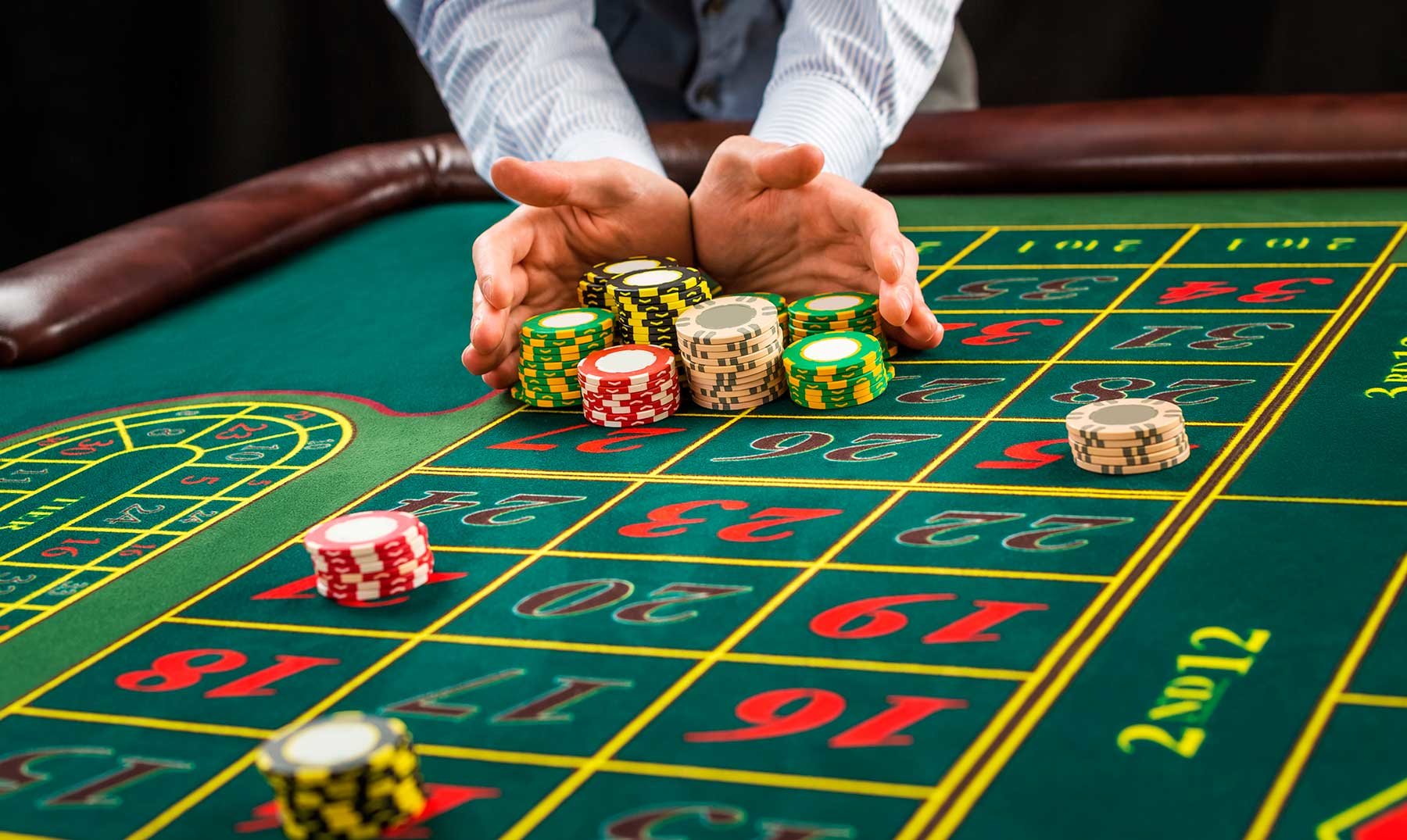The Psychological principles That drives Casino Game Design

Casino experiences have long captivated human interest, drawing participants into a world filled with chance, strategy, and the allure of excitement. Each game is painstakingly crafted not just for enjoyment, but also to inspire particular emotional responses that keep participants involved and interested. Understanding the reasons behind these designs reveals much about how behavioral psychology plays a vital role in the gaming experience.
From the vivid lights and vibrant sounds to the intricate layering of rules and payoffs, casino games are designed to create an atmosphere of anticipation and eagerness. Game designers leverage behavioral strategies to influence gambler behavior, whether through the use of jackpots, almost wins, or community engagement. By examining these aspects, we can better appreciate how casino games fulfill not just a want for entertainment, but deeper psychological needs for thrill and risk.
Understanding Player Actions
Casino games are crafted with a profound grasp of player psychology, which is essential for attracting and holding players. The rush of the game, coupled with the expectation of winning, establishes a formidable allure. Game designers make use of elements like sound effects, vibrant graphics, and captivating gameplay to engage attention and generate emotional responses. These sensory effects enhance the immersive experience, making players feel more attached in the game.
Another significant aspect of player behavior is the concept of risk and reward. Casino games often balance high-risk scenarios with the potential for considerable rewards, which can lead to the phenomenon known as near-miss experience. When players come close to winning, the brain releases dopamine, reinforcing their behavior and encouraging them to persist playing in pursuit of that fleeting win. This cycle of anticipation and frustration plays a key role in how games are designed and promoted.
Lastly, social factors also play a pivotal role in player behavior at casinos. Many games are designed to be played in teams or alongside other players, creating a sense of community and collective experience. The interaction inherent in games like poker enhances enjoyment and can culminate in longer play sessions. Designers leverage on this by designing environments that invite players to linger, interact, and return, making the overall casino experience more appealing.
The Role of Visuals and Audio
Imagery and sound play a significant role in enhancing the player’s experience within gambling games. Designers utilize vibrant colors, striking graphics, and captivating animations to capture gambler’s attention and hold their focus. The use of motifs, such as exploration or opulence, helps create an enthralling atmosphere that takes players into a different world. By appealing to the senses, these elements add to a heightened emotional response, prompting players to interact more profoundly with the games.
Audio design is equally important in enhancing the overall experience of casino games. The mix of ambient music, sound effects for winning combinations, and environmental noises creates an auditory landscape that keeps players enthralled. Sounds associated with victories, such as chiming bells or celebratory music, evoke feelings of excitement and satisfaction, encouraging players to continue playing. These audio cues are strategically placed to enhance the excitement of the game and create a more engaging experience.
Moreover, the alignment of visuals and sound is important for reinforcing the game’s overall concept and atmosphere. Each element should coordinate seamlessly to create a cohesive experience that pulls players in. The effective use of this integration not only improves user satisfaction but also increases the chances of repeat play, as players become more engaged in the captivating world that the casino games offer. This thoughtful combination of visuals and audio ultimately enhances player involvement and commitment.
Incentive Systems and Engagement
The creation of gambling games significantly depends on incentive structures to keep players involved and returning for additional experiences. These systems are based in psychological principles that take advantage of human nature and motivation. Players are often motivated by the excitement of winning, which is reinforced by immediate responses through the game’s design. This instant gratification not only improves the overall experience but also cultivates a feeling of success, encouraging participants to keep participating in hopes of bigger rewards. 69VN
Gaming establishments implement various incentive systems, including large payouts, bonuses, and multipliers, to captivate players. These elements create a level of thrill that sustains interest. Additionally, the randomness of outcomes plays a crucial role in keeping attention. The intermittent reinforcement schedule, where wins are unpredictable but happen often enough, maintains players on edge and driven to keep playing. This cycle of anticipation and expectation is foundational to the success of gambling experiences.
In addition, community aspects, such as competitive events and collaborative options, boost the engagement factor by leveraging the competitive nature of players. The communal aspect of playing with others can amplify the excitement of success and create a community atmosphere within the casino. By integrating these community elements with effective reward systems, gambling experiences not only offer entertainment but also nurture a deeper connection among participants, reinforcing their loyalty to the gaming experience.